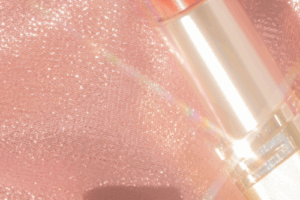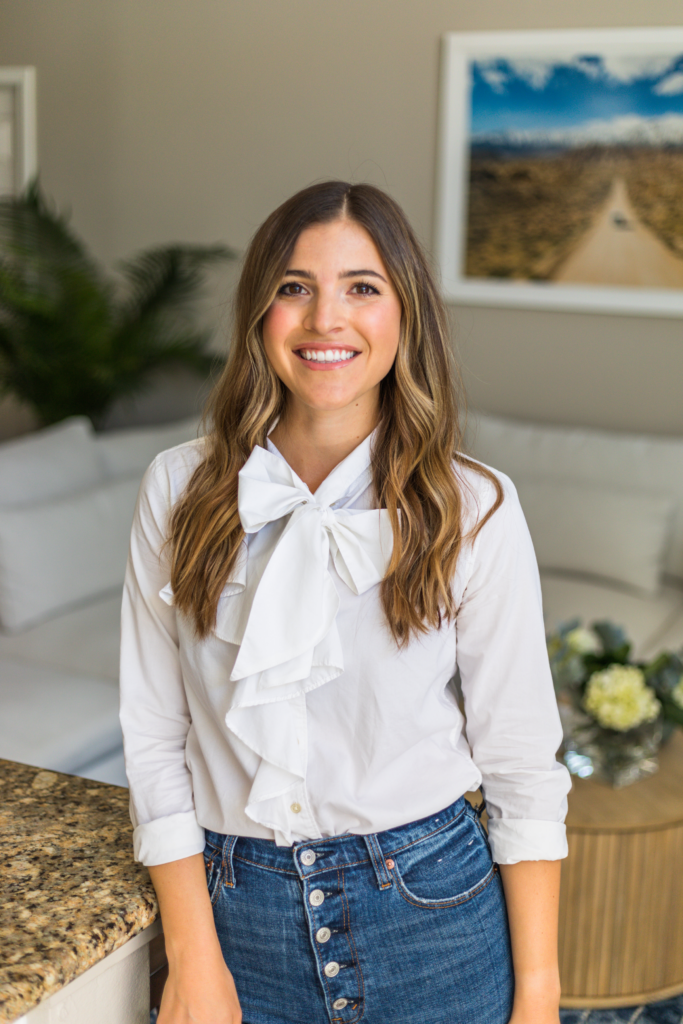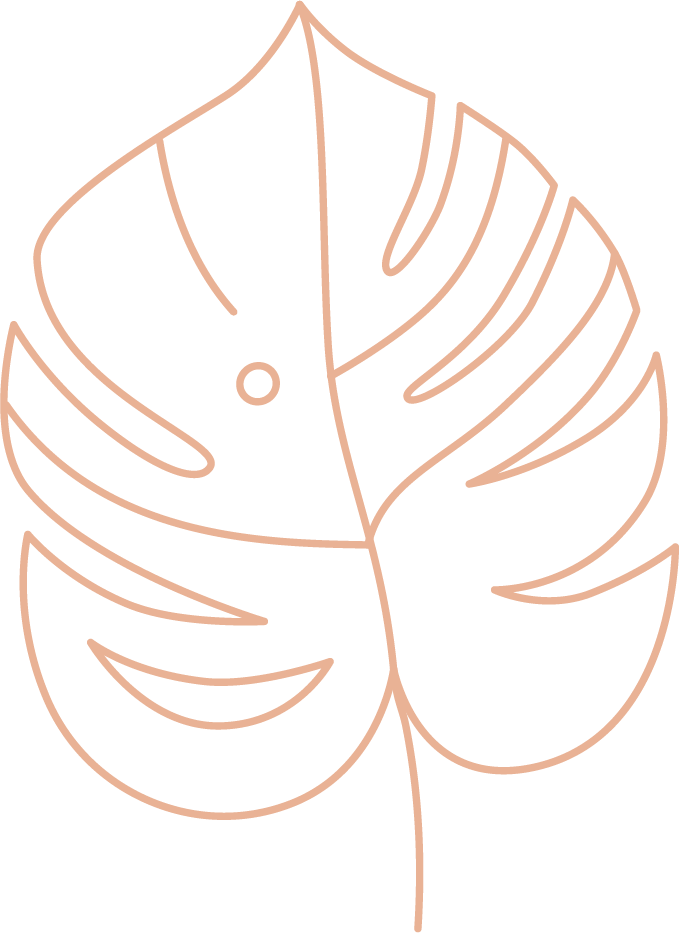


Overall, breathwork promotes a shift from the “fight or flight” response of the sympathetic nervous system to the “rest and digest” response of the parasympathetic nervous system. By doing so, they help create a state of relaxation, calm the mind, reduce stress and anxiety, and improve overall well-being. Regular practice of breath work can lead to long-term benefits for managing stress and promoting a sense of inner peace. Breathwork can be highly effective and helpful tool for managing anxiety in several ways:
Activating the Relaxation Response: When you’re anxious, your body shifts into the sympathetic nervous system. This can lead to increased heart rate, rapid breathing, and heightened arousal. Breathwork, especially deep and slow diaphragmatic breathing, stimulate the parasympathetic nervous system, which triggers the relaxation response (rest and digest). This counters the stress response and can promote a sense of relaxation and calm.
Reducing Stress Hormones: Anxiety triggers the release of stress hormones, such as cortisol and adrenaline. Deep breathing helps to lower the levels of these stress hormones in the body, which in turn helps to alleviate feelings of anxiety and tension.
Improving Emotional Regulation: Breathwork can help regulate the emotional centers in the brain, such as the amygdala, which is responsible for processing emotions like fear and anxiety. By calming the amygdala through breathwork, you can reduce the intensity of anxiety and feel more in control of your emotions.
Increasing Mindfulness: Breathwork often involve focused attention on the breath. This mindfulness practice helps you stay present in the moment and divert your attention away from anxious thoughts or future worries. Mindfulness can also help break the cycle of rumination and catastrophic thinking that often accompanies anxiety.
Enhancing Oxygenation: Deep breathing increases the oxygen supply in your body, improving circulation and promoting a sense of vitality. This can counteract the physical symptoms of anxiety, such as dizziness or shallow breathing.
Creating a Sense of Grounding: Breathing exercises can serve as an anchor when anxiety feels overwhelming. Focusing on the breath gives you a tangible and controllable point of focus, grounding you in the present moment and reducing feelings of helplessness or being overwhelmed.
Boosting Self-Confidence: Regular practice of breathwork can empower you with a tool for self-regulation. As you experience the benefits of these practices in reducing anxiety, you build confidence in your ability to manage and cope with feelings of anxiety more effectively.
Supporting Overall Well-Being: Consistent practice of breathwork can contribute to better overall well-being and mental health. It can reduce the cumulative impact of chronic stress, leading to a more balanced and stable emotional state.
Regulation of the Brain’s Emotional Centers: Breathing exercises have been shown to influence brain activity, particularly in areas responsible for processing emotions. Slow and deep breathing can help regulate the amygdala, the part of the brain responsible for processing emotions like fear and anxiety. By calming the amygdala, we can help reduce feelings of fear and anxiety.
Slowing Down the Heart Rate: Deep and controlled breathing can help slow down the heart rate, leading to a sense of calm and decreased feelings of anxiety. When we take slow and deep breaths, the body’s baroreceptors, signal the brain to reduce the heart rate and induce relaxation.
It’s important to remember that while breathing exercises can be a helpful tool in managing anxiety symptoms, it is not a standalone solution for severe or chronic anxiety. If you notice that anxiety significantly impacts your daily life find a mental health professional who you like and trust to help support you. Breathwork can be used as part of a comprehensive anxiety management plan, complementing other therapeutic approaches when necessary.

The best breathing exercise is the exercise that you like, and can do consistently. All the anxiety breathing exercises in this post can be effective for relieving stress and anxiety. I recommend trying each of them and picking a couple that you enjoy. The counting techniques are two of my favorites to recommend to clients who struggle with anxiety disorders, panic attacks, or other mental health conditions. When your brain is busy focusing on counting, it can be challenging to focus on anything else, which helps bring your attention to the present moment.
4-7-8 breathing is a specific breathing pattern developed by Dr. Andrew Weil, a well-known integrative medicine practitioner. This technique is designed to promote relaxation and reduce stress by regulating your breath and calming the nervous system. It’s a simple exercise that can be practiced almost anywhere and at any time.
The most important aspect of 4-7-8 breathing is to focus on your breath and counting, which helps divert your attention away from stressful thoughts and encourages relaxation. Regular practice of 4-7-8 breathing can be beneficial in reducing anxiety, promoting better sleep, and improving overall well-being. It’s a simple yet powerful technique that can be incorporated into your daily routine to manage stress and anxiety effectively.
Box breathing, also known as square breathing, is a breathing exercise used to promote relaxation, reduce stress, and enhance focus. It’s called “box” or “square” breathing because the method involves creating a pattern that resembles the sides of a square or a box. This technique is commonly used in practices like meditation, mindfulness, and yoga.
The pattern for box breathing is a simple 4-step process: inhale (4 counts), hold (4 counts), exhale (4 counts), hold (4 counts). The counts can be adjusted to suit your comfort level.
Box breathing is an effective way to calm the nervous system, reduce anxiety, and improve concentration. It can be done at any time, and regular practice can help you develop better breath control and relaxation skills. Like other breathing exercises, box breathing can be a useful tool in managing stress and enhancing overall well-being.
Diaphragmatic breathing, also known as deep belly breathing or abdominal breathing, is one of the simplest breathing techniques. It involves using your diaphragm, a large muscle located between your chest and abdomen, to breathe deeply. This breathing exercise allows for more efficient oxygen exchange and promotes relaxation by activating the body’s relaxation response.
The key to diaphragmatic breathing is to focus on breathing deeply and fully into your abdomen, rather than shallow breathing into your chest. With regular practice, this type of breathing can become more natural, helping you manage stress and promote a sense of calm in various situations.

Alternate nostril breathing, also known as Nadi Shodhana or Anulom Vilom Pranayama, is a traditional yogic breathing technique that helps balance the flow of energy in the body, calm the mind, and reduce stress. It involves alternating the breath between the left and right nostrils.
Alternate nostril breathing is best practiced in a quiet and peaceful environment. It’s an excellent way to bring balance and harmony to the body and mind, making it a valuable addition to your meditation or relaxation routine. Practicing this technique regularly can help you experience a sense of inner calm and focus.
“Bee breath,” also known as Bhramari Pranayama, is a calming and soothing breathing technique commonly practiced in yoga. It involves producing a humming sound during exhalation, which resembles the buzzing of a bee. This practice can help reduce stress, anxiety, and promote relaxation.
Bhramari Pranayama is a wonderful technique to incorporate into your relaxation routine, meditation practice, or whenever you need to calm your mind and reduce stress. It can be particularly beneficial in moments of high anxiety or during times of restlessness. As with any breathing practice, listen to your body and do what feels comfortable for you.

As a holistic therapist and yoga instructor, I’ve seen firsthand the benefits of incorporating breathwork into your daily life. Remember that the key to these breathing exercises is to practice them regularly and mindfully. Whenever you feel overwhelmed or anxious, take a few minutes to engage in some of these breathing exercises for anxiety.
They can be powerful tools to help you calm down, alleviate anxiety and anchor you into the present moment. As with any new practice, be patient with yourself and start slowly, gradually increasing the duration as you become more comfortable with these breathing exercises. If you’re interested in some additional breathing techniques check out these other blog posts breath work for mental health and grounding techniques for anxiety.
Remember: this post is for informational purposes only and may not be the best fit for you and your personal situation. It shall not be construed as legal, financial, or medical advice. The information and education provided here is not intended or implied to supplement or replace professional advice of your own attorney, accountant, physician, or financial advisor. Always check with your own physician, attorney, financial advisor, accountant, or other business or medical professional before trying or implementing any information read here.


Holistic Therapist, Nutritional Therapy Practitioner and Yoga Instructor in Elk Grove, California.
© Copyright 2024 That’s so well. All Rights Reserved. LICENSED MARRIAGE AND FAMILY THERAPIST #107356. DISCLAIMER. PRIVACY PRACTICES. TERMS AND CONDITIONS. Website by Chloe Creative. 9727 Elk Grove Florin Road, Elk Grove Ca 95624